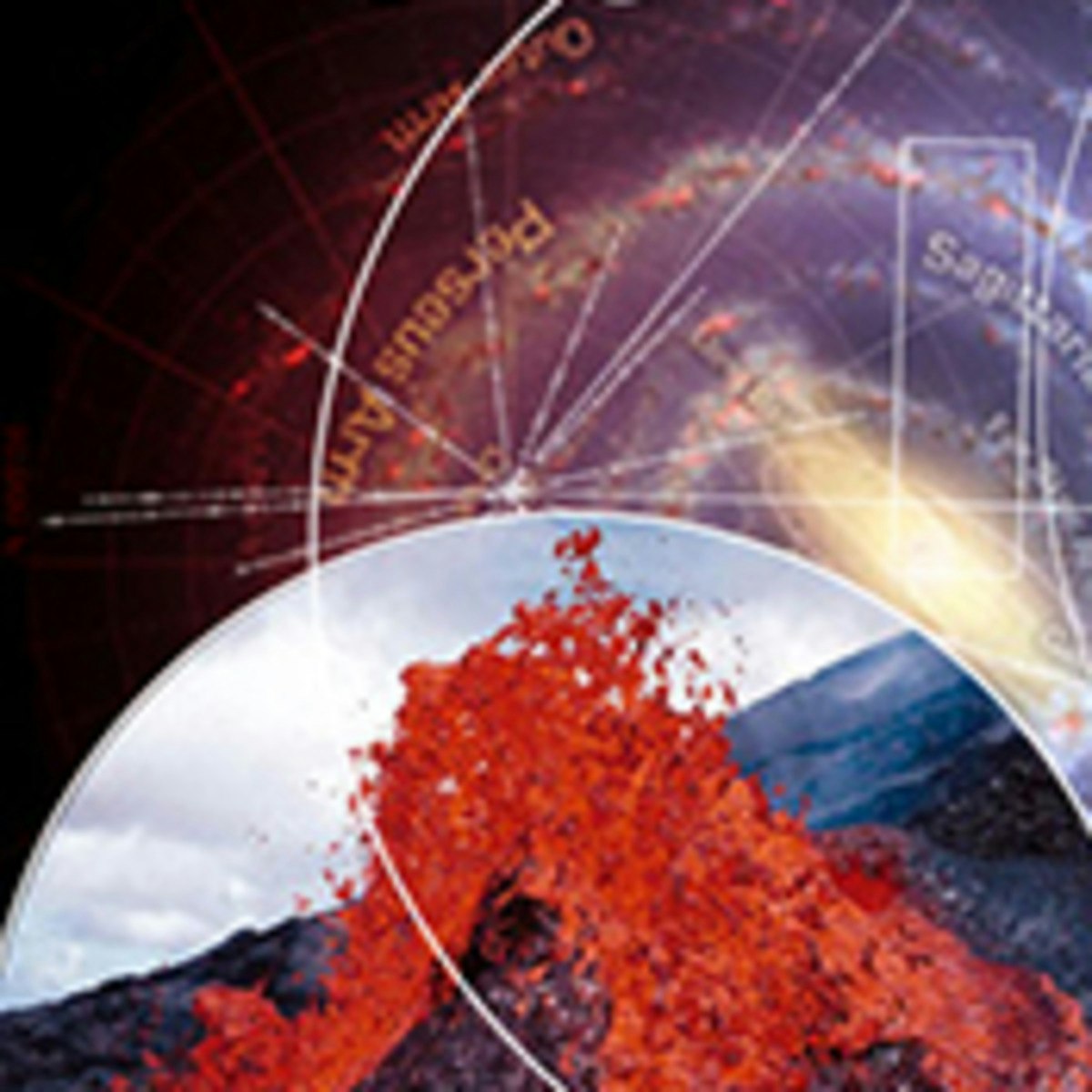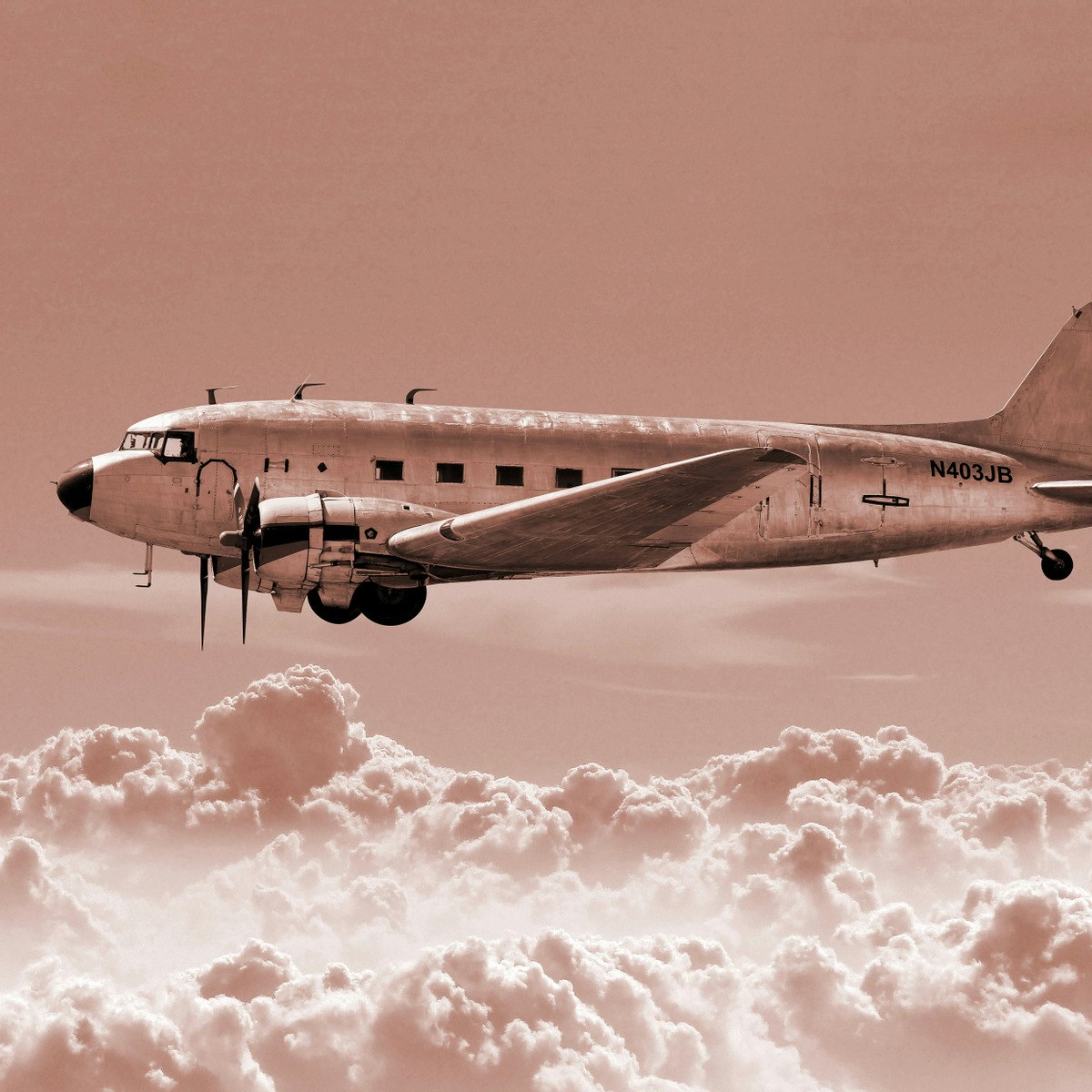Back to Courses









Physics And Astronomy Courses
Showing results 1-10 of 87

The Evolving Universe
This is an introductory astronomy survey class that covers our understanding of the physical universe and its major constituents, including planetary systems, stars, galaxies, black holes, quasars, larger structures, and the universe as a whole.

Origins - Formation of the Universe, Solar System, Earth and Life
The Origins course tracks the origin of all things – from the Big Bang to the origin of the Solar System and the Earth. The course follows the evolution of life on our planet through deep geological time to present life forms.

Spacecraft Dynamics Capstone: Mars Mission
The goal of this capstone spacecraft dynamics project is to employ the skills developed in the rigid body Kinematics, Kinetics and Control courses. An exciting two-spacecraft mission to Mars is considered where a primary mother craft is in communication with a daughter vehicle in another orbit. The challenges include determining the kinematics of the orbit frame and several desired reference frames, numerically simulating the attitude dynamics of the spacecraft in orbit, and implementing a feedback control that then drives different spacecraft body frames to a range of mission modes including sun pointing for power generation, nadir pointing for science gathering, mother spacecraft pointing for communication and data transfer. Finally, an integrated mission simulation is developed that implements these attitude modes and explores the resulting autonomous closed-loop performance.
Tasks 1 and 2 use three-dimensional kinematics to create the mission related orbit simulation and the associated orbit frames. The introductory step ensures the satellite is undergoing the correct motion, and that the orbit frame orientation relative to the planet is being properly evaluated.
Tasks 3 through 5 create the required attitude reference frame for the three attitude pointing modes called sun-pointing, nadir-pointing and GMO-pointing. The reference attitude frame is a critical component to ensure the feedback control drives the satellite to the desired orientation. The control employed remains the same for all three pointing modes, but the performance is different because different attitude reference frames are employed.
Tasks 6 through 7 create simulation routines to first evaluate the attitude tracking error between a body-fixed frame and a particular reference frame of the current attitude mode. Next the inertial attitude dynamics is evaluated through a numerical simulation to be able to numerically analyze the control performance.
Tasks 8-11 simulate the closed-loop attitude performance for the three attitude modes. Tasks 8 through 10 first simulate a single attitude at a time, while tasks 11 develops a comprehensive attitude mission simulation which considers the attitude modes switching autonomously as a function of the spacecraft location relative to the planet.

Fundamentals of Materials Science
Materials are the physical foundations for the development of science and technology. The human civilizations are historically designated by the evolution of materials, such as the Stone Age, the Bronze Age and the Iron Age. Nowadays, materials science and technology support most of the industrial sectors, including aerospace, telecommunications, transportation, architecture, infrastructure and so on. Fundamentals of Materials Science is a core module for undergraduates majored in materials science and engineering. This English course will be taught by Prof. Guo Qiang, Prof. Reddy and Prof. Liu Jing from Shanghai Jiao Tong University. An integrated approach of combining metallic, ceramic and polymeric materials will be adopted in this course, for the attendants to attain a deep understanding on the correlation of composition, microstructure, processing and properties in materials science. Let’s gather in this course and explore the wonderland of materials together.

Developments of structural dynamics
This course is devoted to the dynamic implementation of continuous structural elements vs discrete models. The matrix representation and implicit solution of Lagrange’s equation are at the heart of this approach, in the framework of conservative structural systems, with Gaussian modes.
The prototype of the continuous element being the prismatic beam - as an illustration, but with general value - and the implicit model/solution leads to the major place of natural eigenshapes in vibration and shocks theory and general dynamic representation of structures and foundations of the dynamic tests and certification.
In fact, this course is a perspective on the double vision of any dynamic structure, with the continuous point of view and a digital model in perspective.
At the end of this course, the physicist, the mechanical engineer, the specialist in control will have a general overview of the dynamic representation and implicit solution applicable in structural analysis and control of general dynamic systems.
In a certain way, it is founded on the famous discussions between Albert Einstein and Niels Bohr.
Recommendation: we suggest having a look, at the course "Foundation of structural dynamics: from static to discrete dynamics". This course proposes an original point of view of the foundations of dynamics. And could highlight the present course.

Physics 102 - Electric Potential and DC Circuits
This course serves as an introduction to the physics of electricity and magnetism. Upon completion, learners will have an understanding of how the forces between electric charges are described by fields, and how these fields are related to electrical circuits. They will gain experience in solving physics problems with tools such as graphical analysis, algebra, vector analysis, and calculus. The course follows the typical progression of topics of a first-semester university physics course: charges, electric forces, electric fields potential, magnetic fields, currents, magnetic moments, electromagnetic induction, and circuits. Each module contains reading links to a free textbook, complete video lectures, conceptual quizzes, and a set of homework problems. Once the modules are completed, the course ends with an exam. This comprehensive course series is similar in detail and rigor to what is taught on-campus. It will thoroughly prepare learners for their upcoming introductory physics courses, or more advanced courses in physics.

Diode - pn Junction and Metal Semiconductor Contact
This course can also be taken for academic credit as ECEA 5631, part of CU Boulder’s Master of Science in Electrical Engineering degree.
This course presents in-depth discussion and analysis of pn junction and metal-semiconductor contacts including equilibrium behavior, current and capacitance responses under bias, breakdown, non-rectifying behavior, and surface effect. You'll work through sophisticated analysis and application to electronic devices.
At the end of this course learners will be able to:
1. Analyze pn junction at equilibrium and under bias, capacitance and current characteristics, and breakdown behavior
2. Analyze metal-semiconductor contact at equilibrium and under bias, capacitance and current characteristics, non-rectifying contact and surface effects

Exploring Light: Hands-on Activities and Strategies for Teachers
This is an Exploratorium teacher professional development course taught by Teacher Institute staff, open to any science teacher (particularly middle or high school level) and science enthusiast. This is a hands-on workshop that explores topics and strategies teachers can use to help their students become active investigators of light.
Watch a preview video (copy and paste this link into your browser): https://youtu.be/fPvT_quBVIw
There are four weeks of course content, which require 2-4 hours per week. Each module builds upon the previous one, so we strongly suggest you follow the sequence we've outlined rather than skip ahead or do the course in less time. The course is designed to give you an opportunity to learn and share with others, not test what you know. There are weekly activity and reflection assignments, but these will not be graded. To receive credit for this course, you will need to complete the peer-reviewed final assignment.
As a participant, you will:
- Watch videos that demonstrate natural phenomena and the Exploratorium's approach to teaching and learning
- Conduct personal investigations by engaging in hands-on activities based in those phenomena
- Reflect and share your experience doing activities
- Discuss and identify challenges and opportunities for teaching
- Devise a lesson of your own based on one or more of the activities
Each week, we'll look at a different light-related topic: We will start by examining human visual perception, then take a brief historical tour of our evolving scientific understanding. We’ll also look at optics and optical instruments and finish by looking at the wave nature of light.
To get the most out of this experience, you'll have to try out some activities! In return, you'll get lots of valuable teaching resources, an in-depth understanding of the subject matter, and useful tips and techniques for the classroom.
NOTE: This is a hands-on workshop, so you will need to buy or find materials. All of the materials required are inexpensive and should be easy to obtain, and we welcome substitutions! A separate list of materials is available for each activity.

Flight mechanics - Lift and trajectory
In this course, you will understand the influence of the angle of attack and speed on the lift. Then we will focus on hazards and limitations, like stall, spiral dive, or flutter.
You will understand why stall phenomenon and Mach number limit the maximum lift and altitude the airplane can achieve. Then, you must understand what is flutter and why the altitude and speed of the airplane must be restricted to a safe domain.
In the end, we will explain how to control the trajectory of the airplane and the relation with lift and load factor.
This course is a part of the specialization "Fundamentals of Flight mechanics".

Foundation of Structural Dynamics
A course with variable geometry where everyone, we hope, will find personal benefits. The parts can be studied sequentially or independently; and inside each part, elementary learning items can be picked up.
Globally, this course proposes a deep knowledge of fundamental dynamics, with possible explicit and implicit applications in structural dynamics, but also in physics and control of any dynamic system (automatics, …).
The concepts of static, dynamic, and thermodynamic approaches are defined, followed by the analytical Newtonian foundations of discrete (digital) dynamics.
Dynamics is not simply an extension of statics, but another modeling with open possibilities. The basic theorems (Newton‘s equivalence principle, König’ s theorems, conservations) are detailed in the perspective of structural applications.
This course opens perspectives towards not only the general dynamics of structures but also towards robotics and control of dynamic systems. These concepts will be learned in a second course (Developments of structural dynamics).
Popular Internships and Jobs by Categories
Find Jobs & Internships
Browse
© 2024 BoostGrad | All rights reserved